Fraudster Melissa Caddick’s missing 30 hours explained
The search for answers in one of the country’s most compelling mysteries took a step towards resolution this week.
On the morning of November 12, 2020, with the sun only minutes away from rising above the cliffs of Dover Heights, Melissa Caddick is believed to have walked several hundred metres to a nearby reserve and taken her own life, an inquest has been told.
The search for answers in one of the country’s most compelling mysteries took a step towards resolution this week, as an inquest into Ms Caddick’s disappearance and suspected death heard some of its final evidence.
Ms Caddick, 49, vanished from her palatial Dover Heights home in Sydney’s eastern suburbs more than two years ago, never to be seen or heard from again.
Her disappearance came amid an investigation by the financial watchdog ASIC, which has accused her of ripping off $23m from investors and raided her home a day before she went missing.
The inquest has been told that early on in their investigation, police ruled out foul play and concentrated on two theories – that she had gone on the run to escape justice or had died by suicide.
A senior cop in charge of the investigation told the inquest this week that proof of life checks found no evidence that Ms Caddick was still alive and he believed she died in the rocks and sea below Rodney Reserve on November 12, 2020.
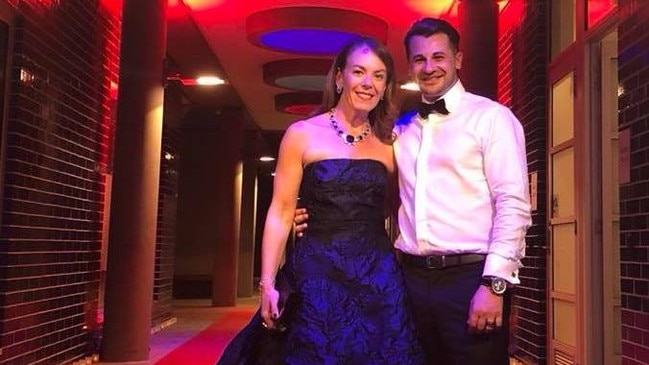
RODNEY RESERVE
After Ms Caddick was reported missing by her husband Anthony Koletti, police began their search that included canvassing the neighbourhood for CCTV footage from nearby homes.
The CCTV system from her Wallangra Rd house had been seized by ASIC investigators when she was raided on November 11, robbing NSW Police of the chance to capture her last known movements.
During the inquest, Mr Koletti was described as exhibiting “extremely strange and unusual behaviour”, including making contradictory statements, in their initial dealings with him.
According to Mr Koletti and Ms Caddick’s son, who can only be known as Witness B, she was heard exiting the front door around 5.30am, never to return.
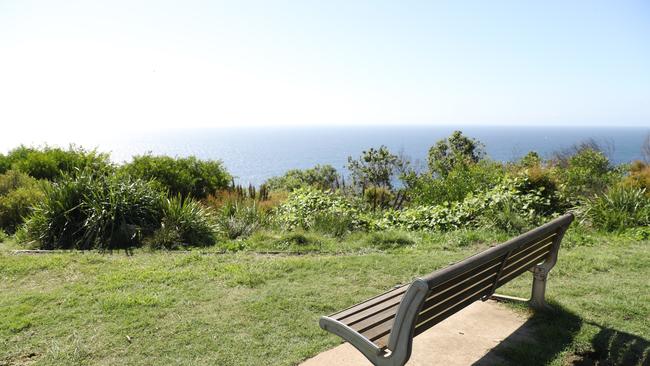
However, police said they did not take Mr Koletti – a hairdresser and part-time DJ – at his word.
They considered the possibility that Ms Caddick may have left her home shortly after ASIC and the AFP departed on the evening of November 11.
So, instead of having to examine only a brief segment of footage from each piece of CCTV they retrieved, they had to pore over 40 hours from each.
The search for any footage of Ms Caddick, in what are believed to be her last moments, ultimately proved unfruitful.
Detective Sergeant Michael Foscholo, who was the officer in charge of the investigation, told the inquest this week that he believed Ms Caddick had taken her own life by jumping into the sea at Rodney Reserve.
During a canvas of the neighbourhood, officers discovered there were no CCTV cameras along the most direct route from her home down to Rodney Reserve, which would have been down Wallangra Rd and onto Dover Rd.

‘IS SHE NOT THERE?’
According to police, in the early stages of the investigation they suspected that Mr Koletti may have been covering for his wife who was on the run to avoid prosecution.
Ms Caddick was due to appear in the Federal Court on the morning of November 13, 2020, however did not make an appearance.
By that stage she had been missing for more than 24 hours and Mr Koletti dialled into the hearing via audio visual link.
A transcript of the hearing reveals he asked Justice Jayne Jagot: “Melissa Caddick is my wife. Is she not there?”
When Justice Jagot told him that Ms Caddick had failed to make an appearance, Mr Koletti said he then become worried.
30 HOURS
The inquest was told that Mr Koletti did not report his wife missing until he contacted Rose Bay Police Station at 11.45am on November 13 – 30 hours after she was last seen.
NSW Police Sergeant Trent Riley told the inquest earlier this year that he found it “extremely strange and unusual” that Mr Koletti had initially told police he did not want them to come around to his house or to go to the station to make a statement.
Bodyworn-camera footage played during the inquest showed Sergeant Riley telling Mr Koletti at the Caddick residence that he was “worried” that he had told him he last saw Ms Caddick at 5.30am but told his offsider it was midnight.
Sergeant Riley told the court that Mr Koletti had made a “long line” of inconsistent statements, including about how many times he had left the house the previous day.
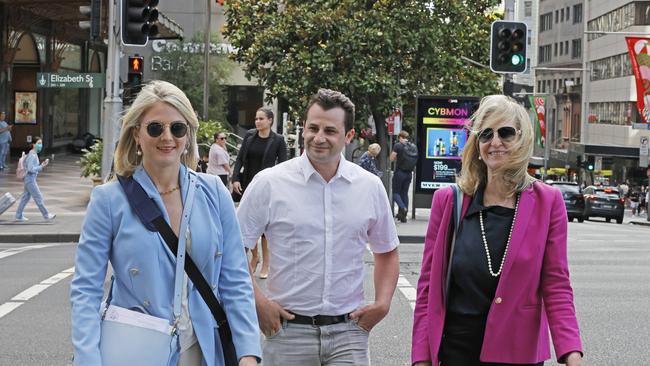
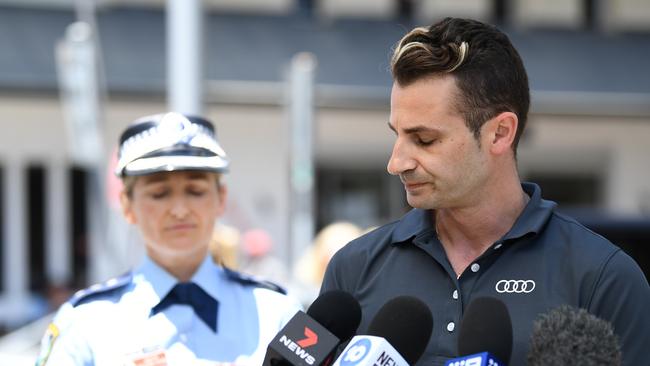
THE BREAKTHROUGH
A week after his wife was last seen, Mr Koletti, and Ms Caddick’s brother Adam Grimley, took part in a public appeal for information.
During the press conference, he appealed to the “communities of Australia” to come together to find his wife.
In the aftermath, the case was the subject of enormous media and public interest and there were a throng of reported sightings, which all had to be investigated.
The only viable piece of evidence about Ms Caddick’s fate came in February 2021 when a decomposing foot was discovered on Bournda Beach, more than 400km from Dover Heights.
The foot was later DNA matched to Ms Caddick.
Sergeant Foscholo told the court that he believed that “unfortunately” Ms Caddick died by suicide, with the catalyst coming when her crimes were uncovered.
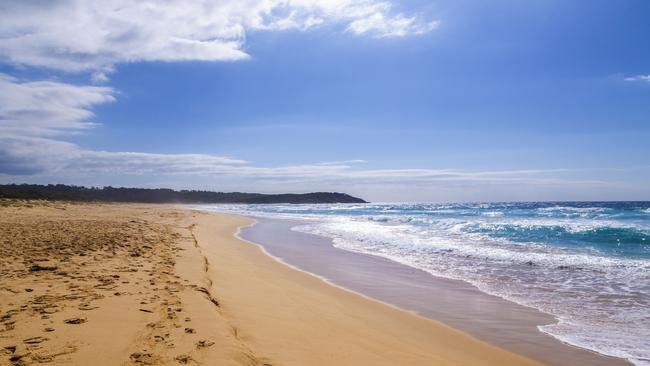
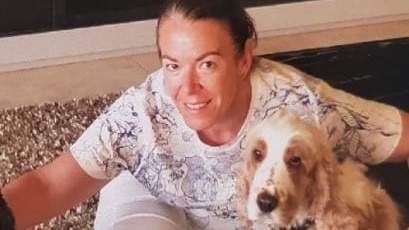
WHAT HAPPENED TO MELISSA?
Earlier in the year, oceanographer David Griffin told the inquest that it was possible that Ms Caddick’s foot floated from the waters off Sydney to the NSW far south coast in the space of 90 days.
The inquest was told that Ms Caddick’s shoe was covered in 250g of goose barnacles which suggested the shoe could have been free floating on the surface of the water for 3-7 days before washing up.
In a report provided to the court, forensic psychiatrist Kerri Eagle said Ms Caddick likely suffered narcissistic personality disorder
Dr Eagle explained that Ms Caddick’s self-esteem was reliant on the admiration of others and she had an “excessive need for approval” and was preoccupied with wealth and status.
“Ms Caddick was potentially susceptible to intense shame in circumstances of perceived failure and disappointment by others due to her personality structure,” Dr Eagle said.
“The ASIC investigation would have ultimately been a public and personal humiliation, costing her friendships, damaging her family relationships and destroying her existing lifestyle.”
Dr Eagle said people with narcissistic personality disorder were at risk of suicide without warning.
The inquest into Ms Caddick’s suspected death was due to conclude this week with evidence from four police officers, but counsel assisting Jason Downing has asked for one police witness to be recalled.
The inquest will return to court in February before Deputy State Coroner Elizabeth Ryan hands down her findings at a later date.



